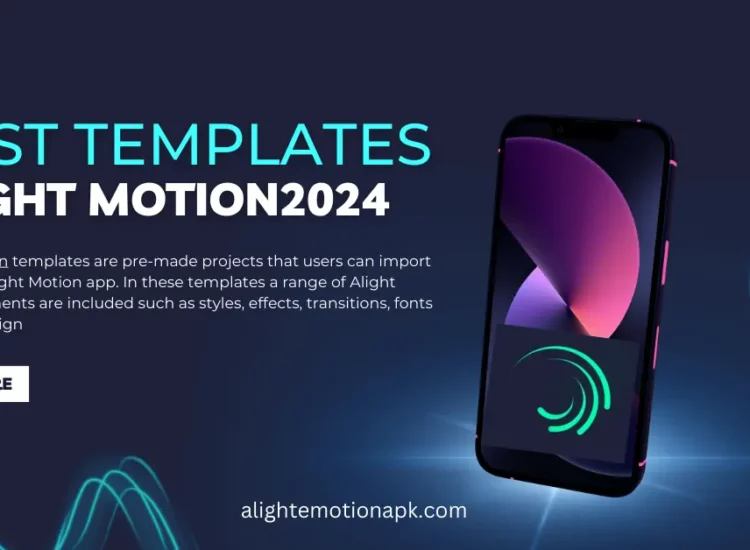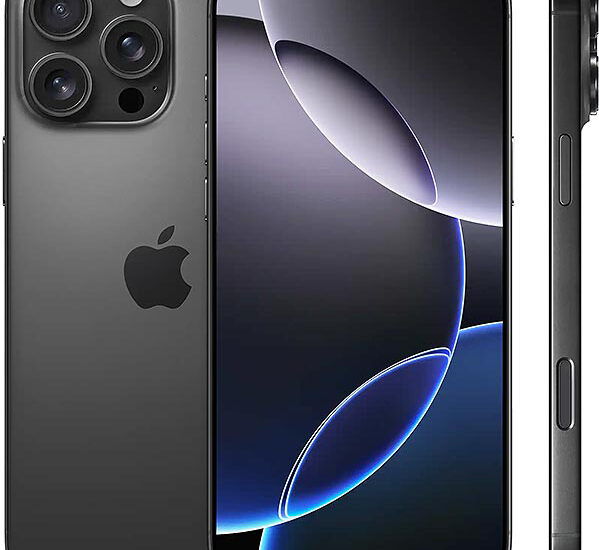The A18 chip, anticipated to power the iPhone 16 Pro Max (and likely the iPhone 16 Pro), represents Apple’s relentless pursuit of mobile processing excellence. Building upon the foundation laid by its predecessors, the A18 is projected to deliver substantial enhancements in performance, power efficiency, and overall capabilities. This detailed analysis explores the expected features, underlying architecture, and potential impact of the A18 chip on the iPhone 16 Pro Max, illustrating how it contributes to a superior user experience.

I. Manufacturing Process and Architectural Advancements:
- Refined 3nm Process Technology: The A18 is widely tipped to be manufactured using a refined version of TSMC’s 3nm process node, potentially a second-generation iteration. This advanced manufacturing technique allows for an even denser packing of transistors on the chip, resulting in increased performance while simultaneously improving energy efficiency compared to the 4nm process employed in the A17 Pro. This miniaturization is crucial for achieving greater processing power within the limited space of a smartphone.
- Custom CPU Architecture with Performance and Efficiency Cores: The A18 will feature Apple’s custom-designed CPU architecture, which is expected to utilize a hybrid approach with a combination of high-performance (P) cores and high-efficiency (E) cores. This design allows the chip to intelligently allocate tasks to the appropriate cores, maximizing performance when needed while conserving power during less demanding operations. While the precise core configuration remains speculative, industry analysts predict further refinements to both P-cores and E-cores, leading to noticeable gains in both single-core and multi-core performance. Predictions suggest a performance uplift in the range of 10-15% compared to the A17 Pro.
- Enhanced GPU Architecture for Graphics Prowess: Graphics processing is a critical aspect of the mobile experience, and Apple consistently invests in improving its GPU architecture. The A18 is expected to boast a significantly enhanced GPU, possibly maintaining a similar core count as the A17 Pro (6 cores) but with substantial architectural improvements. These improvements could include advancements in instruction sets, memory bandwidth, and overall efficiency, leading to a projected performance increase of 20-40% based on early benchmark projections. This significant boost will translate to smoother frame rates in graphically intensive games, faster rendering times for creative applications, and improved performance in augmented reality experiences.
- Next-Generation Neural Engine for AI Acceleration: The Neural Engine, Apple’s dedicated hardware for accelerating machine learning tasks, is also poised for a significant upgrade in the A18. This specialized hardware is crucial for powering on-device AI features such as image recognition, natural language processing, voice assistants, and other intelligent functionalities. The enhanced Neural Engine is expected to deliver faster processing speeds and improved accuracy, enabling more sophisticated AI experiences on the iPhone 16 Pro Max.
II. Projected Performance and Benchmark Expectations:
- CPU Performance Gains: Early benchmark leaks and estimations provide insights into the A18’s anticipated CPU performance. Geekbench scores and other benchmarking tools suggest a single-core performance improvement of approximately 10-15% and a comparable improvement in multi-core performance compared to the A17 Pro. These gains will result in snappier app launches, smoother multitasking, and improved responsiveness in everyday tasks.
- Significant GPU Performance Leap: The most substantial performance gains are expected in the graphics processing department. Early benchmarks and industry whispers have pointed towards a potential performance increase exceeding 20-40% compared to the A17 Pro. This significant leap will position the iPhone 16 Pro Max as an even more formidable gaming platform, capable of handling demanding titles with higher frame rates, improved visual fidelity, and more complex graphical effects.
- Real-World Performance Enhancements: Beyond synthetic benchmarks, the A18’s performance enhancements are projected to translate into tangible improvements in real-world usage. This includes faster app loading times, seamless multitasking between resource-intensive applications, smoother scrolling and animations, and enhanced performance in professional workflows such as video editing, 3D rendering, and augmented reality development.
III. Power Efficiency and Extended Battery Life:
Related articles 01:
1. https://doksannews.com/older-versions-of-alight-motion-apk
3. https://doksannews.com/latest-technology-on-iphone-16-promax
4. https://doksannews.com/xiaomi-poco-m6-pro-redefining-the-budget-smartphone-landscape
5. https://doksannews.com/xiaomi-redmi-note-14-setting-new-benchmarks-for-mid-range-excellence

- Benefits of the 3nm Process: The move to a refined 3nm manufacturing process is expected to yield substantial improvements in power efficiency. This means that the A18 can achieve higher performance levels while consuming less power, which is crucial for maximizing battery life in a portable device like the iPhone 16 Pro Max.
- Impact on Usage Time: While actual battery life is influenced by various factors, including battery capacity, display technology, and software optimization, the A18’s improved power efficiency is anticipated to contribute to a noticeable increase in usage time. This could mean longer periods between charges for everyday tasks, gaming, and multimedia consumption.
IV. Key Features and Capabilities Enabled by the A18:
- Console-Caliber Gaming Experiences: The A18’s powerful GPU will unlock console-quality gaming experiences on the iPhone 16 Pro Max. Gamers can expect smoother frame rates, higher resolutions, more realistic graphics, and support for advanced gaming features.
- Professional-Grade Photography and Videography: The A18’s enhanced Image Signal Processor (ISP) and upgraded Neural Engine will further elevate the iPhone’s already impressive camera capabilities. This includes improved image processing algorithms, enhanced low-light performance, more accurate color reproduction, and more sophisticated computational photography features. The processing power is also crucial for enabling features such as spatial video recording for Apple Vision Pro.
- Enhanced On-Device AI and Machine Learning: The improved Neural Engine will facilitate faster and more accurate on-device AI processing, enhancing features like Siri’s responsiveness and natural language understanding, Live Text’s accuracy, and other AI-powered functionalities within apps and the operating system.
- Immersive Augmented Reality (AR) Experiences: The combined power of the A18’s CPU, GPU, and Neural Engine will enable richer and more complex augmented reality experiences. This includes more realistic object rendering, improved tracking and occlusion, and more interactive AR applications.
V. Comparison with the A17 Pro and Previous Generations:
The A18 is expected to deliver the following advancements compared to the A17 Pro:
- Increased CPU Performance: A projected 10-15% improvement in both single-core and multi-core performance.
- Substantially Enhanced GPU Performance: A projected 20-40% increase in graphics processing power.
- Improved Power Efficiency: Leading to noticeable gains in battery life.
- Upgraded Neural Engine: Enabling faster and more sophisticated AI processing.
VI. The A18’s Contribution to the iPhone 16 Pro Max User Experience:
The A18 chip is poised to be a cornerstone of the iPhone 16 Pro Max’s exceptional user experience. Its enhanced performance will provide:
- Fluid and Responsive Performance: Seamless multitasking, rapid app launches, and smooth operation across the system.
- Immersive and Engaging Gaming: Console-quality gaming experiences with high frame rates and stunning visuals.
- Professional-Level Creative Capabilities: Enhanced performance for demanding creative workflows like video editing, photo editing, and 3D modeling.
- Intelligent and Personalized AI Features: Faster and more accurate AI-powered features that enhance productivity and user convenience.
- Extended Battery Life for All-Day Usage: Improved power efficiency for longer usage times between charges.
VII. Impact on the Mobile Technology Landscape:
Related articles 02:
1. https://doksannews.com/oppo-a77s-a-comprehensive-review-specs-features-and-more-2025
2. https://doksannews.com/apple-in-2025-innovation-ecosystem-and-global-impact
3. https://doksannews.com/nubia-redmagic-8s-pro-5g-quai-thu-gaming-the-he-moi-khuay-dao-moi-tran-chien
4. https://doksannews.com/alight-motion-mod-apk-5-0-229-download-edit-and-animate-210mb
The A18’s advancements are expected to not only benefit iPhone users but also push the mobile technology industry forward. Its performance and efficiency gains will likely inspire other chip manufacturers to innovate and develop more powerful and efficient mobile processors.
VIII. Potential Challenges and Future Directions:
- Thermal Management Challenges: As processing power increases, managing heat dissipation becomes increasingly crucial. Apple will need to implement effective thermal management solutions to prevent performance throttling and ensure long-term reliability.
- Continued Software Optimization: To fully leverage the A18’s capabilities, Apple will need to continue optimizing iOS to take full advantage of the chip’s unique architecture and features.
- Integration with Future Technologies: The A18’s architecture is likely designed with future technologies in mind, such as advancements in augmented reality, artificial intelligence, and other emerging fields.
IX. Conclusion:
The A18 chip is projected to be a significant leap forward in mobile processing technology. Its enhanced performance, power efficiency, and advanced features will contribute to an exceptional user experience on the iPhone 16 Pro Max, enabling new levels of performance in gaming, photography, AI, and augmented reality. While specific details may evolve before the official release, the A18 is poised to further solidify Apple’s leadership in mobile silicon and redefine the capabilities of smartphones.









